Full name Richard Reti Name Richard Reti | Role Author | |
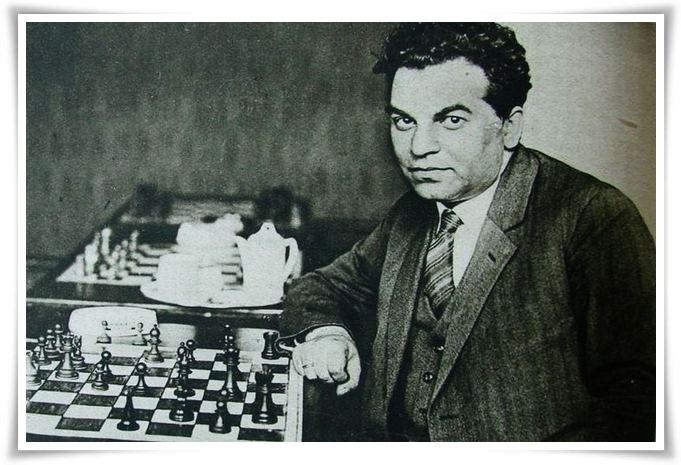 | ||
Books Modern Ideas in Chess, Masters of the Chess Board, Monternes idees sto skaki, apodose | ||
How exploiting pins can backfire richard reti vs jose raul capablanca berlin 1928
Richard Réti (28 May 1889, Bösing, now Pezinok – 6 June 1929, Prague) was an Austro-Hungarian, later Czechoslovak chess grandmaster, chess author, and composer of endgame studies.
Contents
- How exploiting pins can backfire richard reti vs jose raul capablanca berlin 1928
- Biography
- Famous endgame study
- Notable chess games
- Publications
- The legend richard r ti gm ben finegold 2015 06 04
- References
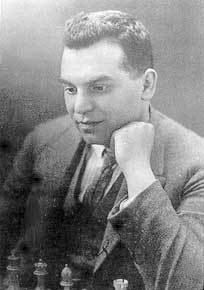
Biography
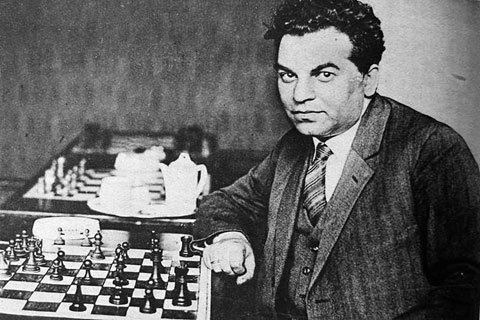
Réti was born in Bazin which at the time was in the Hungarian part of Austria-Hungary, where his father worked as a physician in the service of the Austrian military.
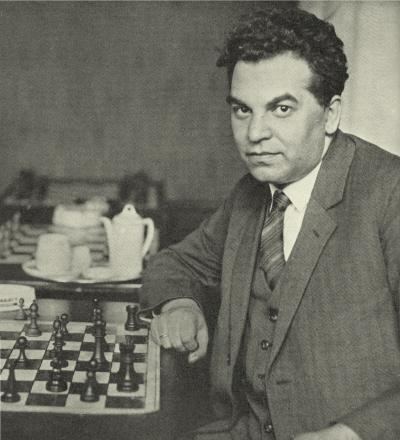
His older brother Rudolph Reti (who did not use the acute accent) was a noted pianist, musical theorist, and composer. He is the great-grandfather of the German painter Elias Maria Reti.
Réti came to Vienna to study mathematics at Vienna University.
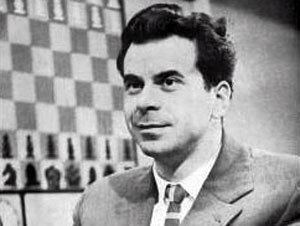
One of the top players in the world during the 1910s and 1920s, he began his career as a combinative classical player, favoring openings such as the King's Gambit (1.e4 e5 2.f4). However, after the end of the First World War, his playing style changed, and he became one of the principal proponents of hypermodernism, along with Aron Nimzowitsch and others. With the exception of Nimzowitsch's book My System, he is considered to be the movement's foremost literary contributor. He had his greatest early successes in the period 1918 through 1921, in tournaments in Kaschau (Košice; 1918), Rotterdam (1919), Amsterdam (1920), Vienna (1920), and Gothenburg (1921). The Réti Opening (1.Nf3 d5 2.c4) is named after him. Réti defeated the world champion José Raúl Capablanca in the New York 1924 chess tournament using this opening – Capablanca's first defeat in eight years, his only one to Réti, and his first since becoming World Champion. This tournament was also the only occasion in which he beat future World Champion Alexander Alekhine, accomplishing this feat in the same number of moves, with the same final move (31. Rd1-d5). Réti was also a notable composer of endgame studies.
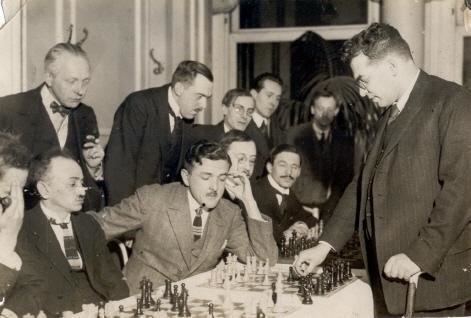
In 1925 Réti set a world record for blindfold chess with 29 games played simultaneously. He won 21, drew six, and lost two.
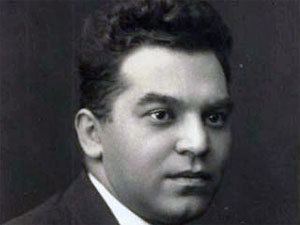
His writings have become classics of chess literature. Modern Ideas in Chess (1923) and Masters of the Chess Board (1933) are studied today.
Réti died on 6 June 1929 in Prague of scarlet fever. His ashes are buried in the grave of Réti's father Dr. Samuel Réti in the Jewish section of Zentralfriedhof cemetery in Vienna, in Section T1, Group 51, Row 5, Grave 34.
Famous endgame study
Réti composed one of the most famous chess studies, shown in this diagram. It was published in Ostrauer Morgenzeitung 4 December 1921. It seems impossible for the white king to catch the advanced black pawn, while the white pawn can be easily stopped by the black king. The idea of the solution is to move the king to advance on both pawns at the same time using specific properties of the chess geometry.
1. Kg7! h4 2. Kf6 Kb6
or 2...h3 3.Ke7 and the white king can support its own pawn3. Ke5!!
and now the white king comes just in time to the white pawn, or catches the black one3... h3 4. Kd6
and drawsNotable chess games
A collection of his games was published as Reti's Games of Chess, annotated by H. Golombek, republished by Dover (1974).
